How can I improve my absorber’s torque repeatability?
Don’t get HOSED… by that final plumbing connection between your DYNOmite absorber and its supply, drain, and vent hoses!!!! This is too easy a spot to inadvertently induce measurable torque errors! You need to carefully select each hose’s routing.
Because it’s so simple to “Zero” out minor torque offsets, even many experienced dyno operators get complacent about monitoring for errors – that hose weight and stiffness might be adding. Next time you test, take a few seconds to examine how your own lines are attached.
Press lightly (one finger) on the o.d. of the absorber housing – rotating it enough to just move the Torque reading. Then let go. If the gauges do not return, your hose routing is probably too stiff (adding torque latency and hysteresis). Try re-arranging them. Hoses that exit straight for several inches (before any bends or tie wraps) are much less prone to inducing rotational loads.
Next, open the load valve to fill up the hoses with water. Does the added weight and flow move the torque? If so, you have some more work to do. Again, avoid hose bends near the absorber that amplify the rotational leverage of the hose’s weight.
It’s often practical to replace a long drain hose with just a short hose stub – that squirts into an adjacent “catch stand” drain pipe. This trick provides a “sticktion” free junction (that can be used for the vent line as well). Just be sure that its “spray angle” is not at all tangential to the absorber’s o.d., to avoid inducing any torque reaction (from this high velocity water jet).
When things are plumbed correctly – torque readings and zeroing are more consistent, plus, inertial compensation stays in phase with measured torque. In other words, you get more accurate results…more easily!
